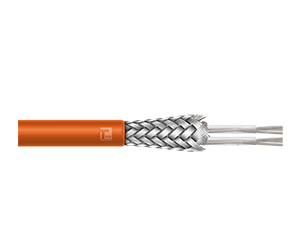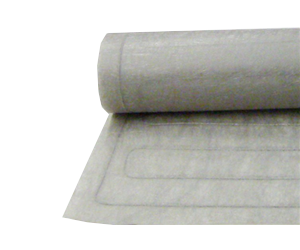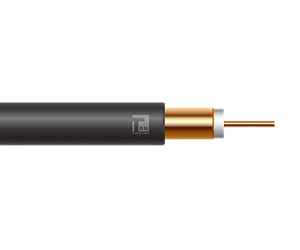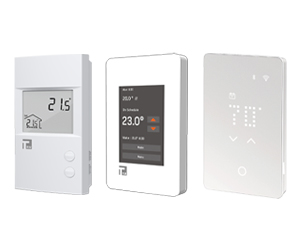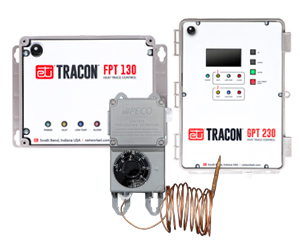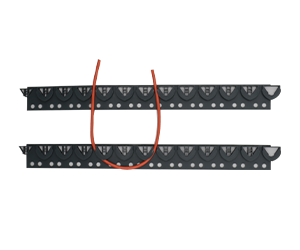INTERIOR FLOOR WARMING
TRM Interior Floor Warming systems add a feeling of luxurious comfort to any installation, while providing the heat we need to comfortably occupy the space. Our various products are innovative, maintenance-free, and energy-efficient, making them an excellent choice for residential or commercial applications.
TRM electric floor warming products are designed and manufactured to provide comfortable, consistent heating across the floor surface.
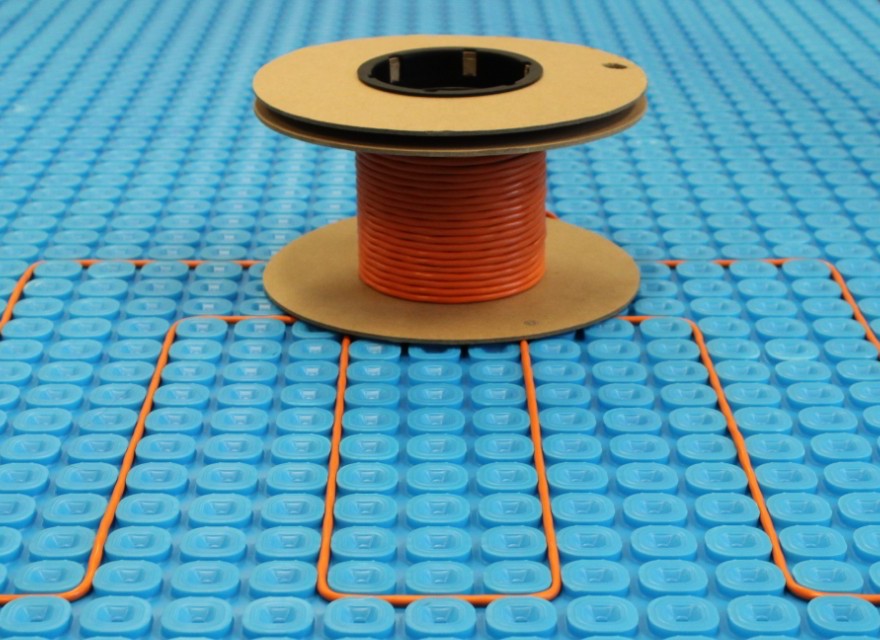
These systems are ideal for:
- Above slab heat loss replacement
- Comfort floor warming
- Primary heating for the room (subject to site assessment)
A TRM interior floor heating system consists of:
- Heater assembly
- Loose cable in membrane
- Pre-made heating mats
- Control systems and sensors
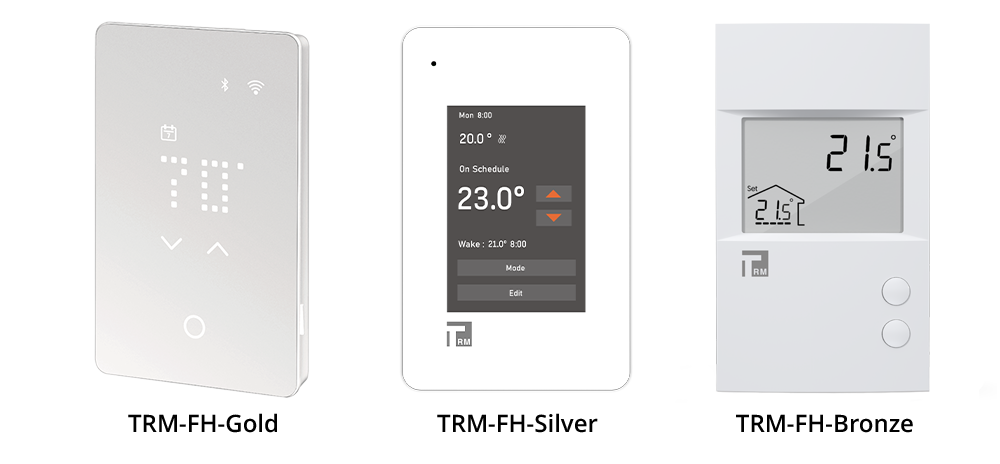

All TRM interior floor warming products can be safely installed under any flooring materials that have been tested and approved for installation above a radiant heat source. They can also be installed in wet areas, using the proper installation cross sections.
With various standard cable kit and membrane sizes, as well as standard and custom-made heating mats to choose from, you are sure to find the right product for your application.
Our qualified team at TRM can help you assess and design an interior floor warming system, including controls and sensors, that will meet and exceed your expectations.
Related Products
FAQ
Can a TRM in-floor heating system operate as a home's primary heat source?
It depends. TRM electric in-floor heating systems can be utilized to provide heat loss replacement, floor warming and, in some cases, primary heating for a residence. Our team can work with you to assess the site and see if an electric in-floor heating system is a viable solution for your primary heat source.
Do I need a control for my floor heating system?
Yes, TRM floor heating systems are constant wattage, so they will continue to heat if left on. A TRM floor heating thermostat monitors the floor temperature and/or room temperature to ensure the environment remains comfortable, while reducing energy consumption and operating costs.
Can I monitor and adjust my heating system remotely?
Yes, the TRM Gold Floor Heating Thermostat comes with a built-in Wi-Fi interface, allowing users to connect it to their home Wi-Fi network and take advantage of remote accessibility via app or a web interface. You can then monitor site conditions, adjust the current settings, or set a program for future use.
Do I need Ground Fault Protection on my in-floor heating system?
Yes, Ground Fault Protection (GFI) is required by local electrical codes and by-laws. All TRM in-floor heating thermostats and relays include built-in GFI protection.
How many floor sensor probes should I install with my floor heating system?
Only one floor sensor probe is required when installing a new TRM floor heating system; however, a second probe can be purchased and installed during the initial installation to provide redundancy and save any downtime or cost that a future replacement would entail.
Do I need a dedicated circuit for my in-floor heating system?
Yes, a dedicated circuit is required to ensure the breaker can support the system load and not be interfered with by other electrical items on the same circuit.
Can I control a large in-floor heating area using one thermostat?
Yes, you can control the area with one thermostat if it is a wide open space with no dividing walls and doors. However, the real question is, do you want to? One thermostat can be wired to control multiple relays in a ‘pilot duty’ control configuration, which allows for system expandability where needed, but this layout can be inefficient and lacks any ability to modify the temperature in certain areas. For this reason, we recommend zoning the heating areas using multiple thermostats, so you can turn different zones up, down, or off when required. TRM’s Wi-Fi-enabled thermostat allows you to remotely control groups of thermostats, so you can still treat the area as one large zone if desired.
Please contact us to discuss your project and determine the best control layout based on the intended use of the system.
Can I install in-floor heating in my shower floor?
Yes, TRM in-floor heating products are 100% safe and fully approved for installation in showers and wet areas when the proper cross sections and controls are utilized. Please contact us for more details.
Can an electric in-floor heating system be repaired?
Yes, if a situation occur where a heating mat or cable needs to be repaired in a dry area location, TRM can supply the appropriate repair kit for the materials in question. TRM can also provide a local repair technician within the Greater Toronto Area and Greater Vancouver Regional District to service the system for you in person. Unfortunately, damaged heating mats or cables that have been installed in wet area locations cannot be repairable due to electrical code.
Can I heat around my furniture or must I heat the entire room?
Yes, you can spot heat certain areas. However, TRM does not recommend spot heating as it limits the end user’s flexibility when it comes time to change the layout or the size of the room’s furniture, and may disappoint prospective buyers when it comes time to sell the home. For this reason, we recommend heating the total available floor space wherever possible, as any unheated areas will feel much colder by comparison and detract from the overall experience of a heated floor.
Which in-floor heating system has the lowest profile, cable and membrane or pre-made mats?
Both heating systems have a very low profile, with approximately 1/16” to 1/8” difference in comparative floor heights upon installation, depending on the installer, with the mat products having the lower profile of the two.
Our membrane is 0.22” (5.5mm) thick, which fully encases the heating cable and splice joint. Our TRM heating mat is approximately 1/8” thick and is approximately 0.20” (5.1mm) at the splice joint. Both products would need to be embedded in a layer of modified thin set above and below prior to installation of the flooring materials above.
Do I need to insulate below my floor heating system?
Maybe. The majority of floor heating installations are done without an insulation layer, as the intent is supplementary comfort heating. However, if the room is generally cold, if the system is intended as a primary heat source, or if the end user just wishes to reduce the operating cost, insulation can be installed to allow the system to perform as required.
Floor heating systems are designed to output a specific amount of heat (wattage) per square foot, so the only way to know what the outcome of the installation will be is to have a heat loss calculation done for the room, usually performed by an HVAC technician. We recommend installing insulation whenever possible as it will improve the efficiency and performance of the heating system and reduce operating costs.
Who can install my floor heating system?
We recommend having in-floor heating system installations carried out by qualified and experienced professionals to ensure the site conditions and installation practices are appropriate for the materials being worked with. All products come complete with step-by-step installation instructions and direct phone support from TRM. All electrical installations should be performed by a qualified electrician to meet all local codes and by-laws and obtain any electrical permits prior to installation.
How much does it cost to operate under-floor warming in a bathroom?
Operating costs will fluctuate based on a host of factors:
- Size of the area
- Total wattage of the heating system
- Method of control (manual vs. a programmed schedule)
- Heat loss in the room
- Temperature setpoint on the thermostat
For example, an energy cost of approximately $0.07/Kilowatt Hour heating 100 sq. ft. space at 12 watt/sq. ft. for comfort floor warming would be an estimated operating cost of approximately $0.09/hour for each hour of heating operation.
Is there any maintenance to this heating system?
No, once the heating system is properly installed, no annual maintenance is required.
Are electric in-floor heating systems safe?
Yes, TRM electric in-floor heating products have undergone rigorous testing, work in conjunction with a GFI-protected TRM floor heating thermostat, and are CSA-approved to ensure they are safe and will perform as expected for years to come.


